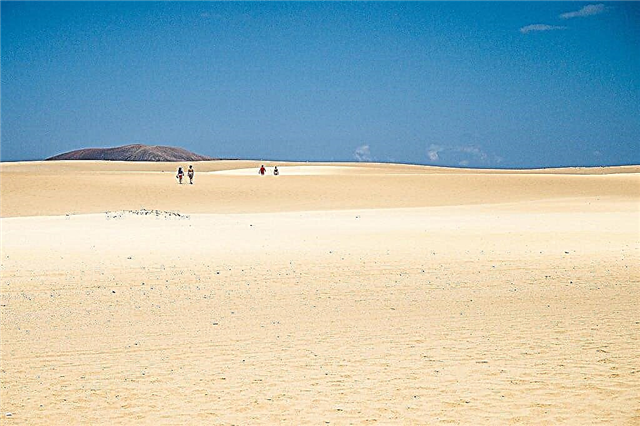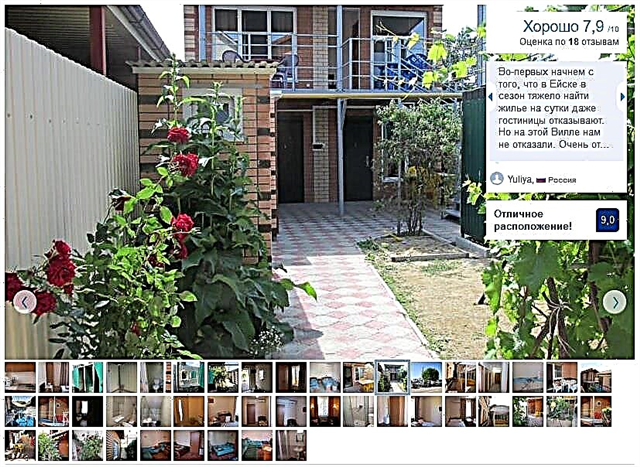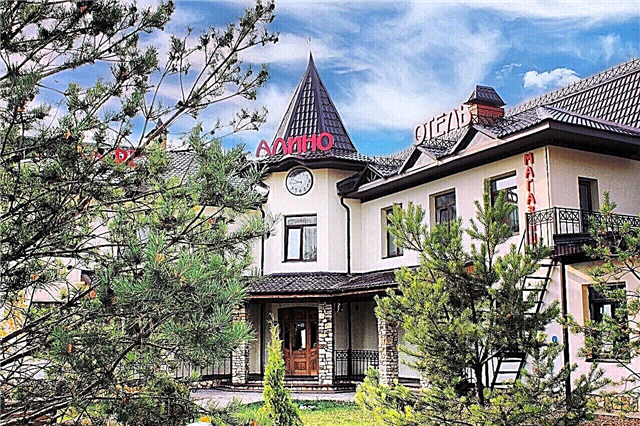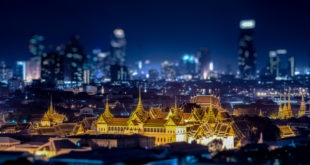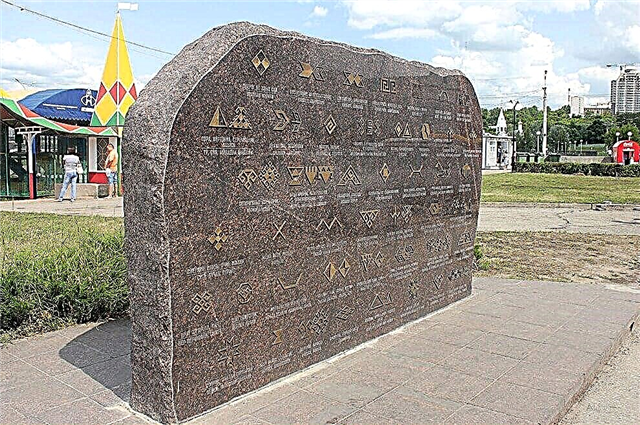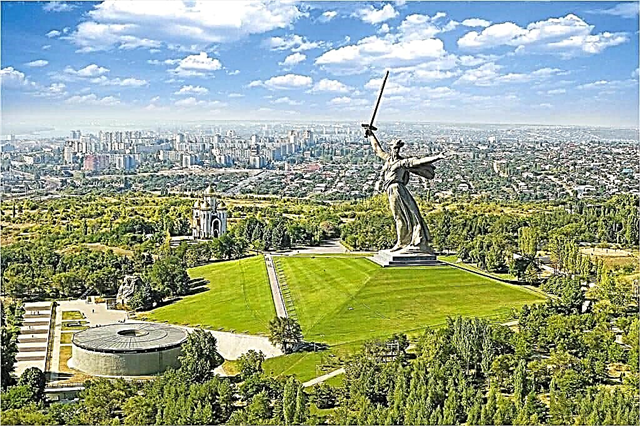Volgograd Region is one of the southern regions of our country. The Volga flows through the entire territory from north to south, as well as the Volga-Don Canal, Tsimlyansk and Volgograd reservoirs. The most important natural sites: Volga-Akhtubinskaya floodplain, Salt Lake Elton, Tsimlyanskie sands. The guests are attracted, first of all, by the long warm summer and beautiful river landscapes.
The center of the region is the city of Volgograd, which cherishes the memory of its heroic past during the Great Patriotic War. The settlements of the region have a rich history: Cossack villages, merchant cities, fishing and agricultural centers. Most of them are located on river banks. River trips across the region are popular with tourists, as well as pilgrimage tours to ancient Orthodox places.
The largest cities of the Volgograd region
List of the largest cities in terms of population in the region.
Volgograd
The city stretches along the banks of the Volga for more than 100 km, earlier it was called Tsaritsyn and Stalingrad. Mentioned in historical chronicles from the XIV century. It bears the title of "Hero City", in memory of the heroic defense during the Great Patriotic War. After its completion, the almost completely destroyed city was rebuilt anew, therefore, its modern appearance is represented by spacious avenues and squares. Mamayev Kurgan, panorama of the Battle of Stalingrad, Volga embankment are a must-see.
Population - 1 008 998 people (2020).

Volzhsky
Sputnik Volgograd is one of the youngest cities in the region. Its development began in 1951 with the construction of a hydroelectric power station, the dam of which connects the Volzhsky with the regional center. There are several large industrial enterprises in the city. The general plan of the city included wide streets, green squares and cozy parks. The city is located in the floodplain of the Akhtuba and Volga rivers, these places attract tourists for recreation and, of course, fishing.
Population - 323 thousand people.

Kamyshin
The city was named after the Kamyshinka River, at the mouth of which it is located. On the other side is the left bank of the Volga. In this place, the width of the river reaches 9 km. There is a river port in the city - a parking place for passenger ships that cruise along the Volga. Tourists come here for watermelon festivals. The history of the city is more than 300 years old; many ancient temples and buildings have been preserved here.
Population - 111 thousand people.

Mikhailovka
A small town on the Medveditsa River, 190 km from the regional center, which has a rich historical past. There was a Cossack settlement, later a large trade and industrial center (many enterprises are still operating). The name is given by the name of the founder - Mikhail Sebryakov. The railway station since its opening and is still called Sebryakovo. The city has preserved an Orthodox church of the 19th century, a museum of local lore, which has been functioning since 1905.
Population - 58 thousand people.

Uryupinsk
The city has been known since the XIV-XV centuries, initially there was a fortress and a Cossack village. It is located on the banks of the Khoper River, 340 km northwest of the center of the region. Known for the film "The Fate of Man". Uryupinsk is famous for the production of goat down, from a unique breed of goats. There is a monument to this animal, the "Day of the Goat" is celebrated. The local history museum will tell you all the details of the Cossack life.
Population - 38 thousand inhabitants.

Frolovo
The city is located on the Archeda River, in the Don basin, 148 km from Volgograd. Born in the 19th century on the territory of the Don Cossack army. Today, oil and gas, limestone are mined here, and mineral water is produced. In the city you can walk along a large pedestrian street, visit the Zarechny architectural and park complex. In honor of the 70th anniversary of the Victory, a garden of 70 lilac bushes with a pond was laid out.
Population - 37 thousand people.

Kalach-on-Don
It has been known since the 18th century as the Kalach Cossack farm. It is located in the Don bend, near the Tsimlyansk reservoir, 80 km west of the regional center. Here is the last gateway of the Volga-Don Canal, connecting it with the Don. On the banks of the reservoir there are picturesque recreation areas with tourist centers. During the Battle of Stalingrad, Kalach played an important role, in connection with which it bears the title of "City of Military Glory".
Population - 24 thousand people.

Kotovo
The city is located 230 km north of Volgograd, on the Malaya Kazanka River. It originated in the 18th century as a settlement of the Little Russians. Today, oil and gas are produced in the region. The city has a source of water rich in silver ions, in the vicinity there are picturesque ponds, where guests and residents of the city often rest. In Kotovo there is a reconstructed temple of the 18th century. Under the city, an underground river flows through the collector.
Population - 22 thousand people.

Kotelnikovo
A small town located on the Aksai Kurmoyarsky river. The area is located on the banks of the Tsimlyansk reservoir, in a favorable recreational area. There are many mass graves and memorial sites dedicated to the Great Patriotic War on the territory of the region. Sights of the city: Park of Culture and Leisure, Victory Park, a monument to the MiG-21 aircraft, a monument to a steam locomotive.
Population - 20 thousand people

Surovikino
It is located 135 km from Volgograd, not far from the border with the Rostov region. The city is named after the Surovikin Cossacks, who founded a settlement here in 1744. In the region there are Sviridovskie lakes with rare representatives of the animal world, and the city is surrounded by the "Green Ring". This is a unique natural monument: planting of pines and acacias. The townspeople love walks in the city garden. In memory of the Great Patriotic War, a war memorial and a monument to tankmen were erected.
Population - 18.9 thousand people.

Krasnoslobodsk
The city is part of the Volgograd agglomeration, located on the opposite bank of the Volga from the regional center. Since 2009, a bridge has been opened here, replacing the ferry crossing. An experimental station of the Institute of Plant Growing operates in the city; there are also nurseries for the development of varieties of fruit, berry and vegetable plants nearby.
Population - 17 thousand people.

Novoanninsky
The city was founded on the site of a former Cossack village, on the Buzuluk River. Located 250 km from Volgograd. The population of the district is mainly engaged in agricultural activities; several industrial enterprises operate in the city. A large exposition telling about the development of the city is presented in the Historical Museum, which is located in a building of the 19th century.
Population - 16 thousand people.

Zhirnovsk
Located in the north of the Volgograd region, 320 km from its center. Presumably the village of Zhirnoye, which later became a city, was founded here in the 18th century not far from Lake Zhirnoye. The city is located on both sides of the Medveditsa River. Part of the population is engaged in oil production. The city has several green parks, a house of culture, a local history museum.
Population - 15 thousand people

Leninsk
The city got its name during the Soviet era, when the village of Prishib was renamed. The settlement was founded in the 18th century; ancient buildings have been preserved on the territory. One of them is a merchant's house, which today houses the local administration and the local history museum. Leninsk is located on the banks of the Akhtuba River, today the main occupation of the population is the cultivation of agricultural products. cultures.
Population - 15 thousand people.

Pallasovka
At the beginning of the 20th century, there was a railway station here, which gave rise to modern Pallasovka. Before that, there was a German village here. The station got its name in honor of the German explorer Peter Pallas, who traveled extensively in the Russian south and Siberia. There is a monument to Pallas at the station square. A Lutheran church has survived since 1898.In the Pallasovsky district there is the Elton salt lake.
Population - 14.9 thousand people.

Dubovka
The city is located 50 km north of Volgograd, on the banks of the Volgograd reservoir. The places have an ancient history, the largest archaeological site is Vodyanskoe settlement. Earlier, oak groves grew here, partially preserved to this day. The symbol of the city is the 18-meter Oak Patriarch, which was included in the list of natural monuments of federal significance. In the city you can visit the temples of the XVIII-XIX centuries, the Dubovsky monastery, many merchant houses and estates.
Population - 14 thousand people.

Nikolaevsk
A small town on the right bank of the Volga River is located 190 km northeast of Volgograd. Founded in the 18th century. The city has a local history museum with an exhibition dedicated to space achievements. The museum dedicated to the writer Mikhail Sholokhov was not opened here by chance: the writer lived in Nikolaevsk during the war years.
Population - 13 thousand people.

Petrov Val
The city is part of the Kamyshinsky district, located 14 km from the district center on the banks of the Ilovlya River. The settlement appeared during the war years, as one of the points of the Volga Rockad Railway. The name comes from the dry channel of the canal, which remained from the attempts of Peter I to connect the Volga and Don.
Population - 12 thousand people.

Serafimovich
Since the 16th century, the Cossack village of Ust-Medveditskaya was located on the site of the city. The modern name was given in honor of the writer Alexander Serafimovich who lived here. There is a museum in the writer's house. A monument is erected to him in the central square. The city has preserved a church of the 18th century, as well as the Ust-Medveditsky women's monastery - a unique architectural complex with an underground church.
Population - 8900 people.

Elan
The settlement is located at the confluence of the Elani and Tersa rivers, 300 km from Volgograd, on the border with the Saratov region. The city has a park of culture and recreation with a memorial complex "To Heroes-Compatriots", a museum of history and local lore, a 19th-century Dukhoshoeshestskaya church built.
Population - 14 thousand people.


